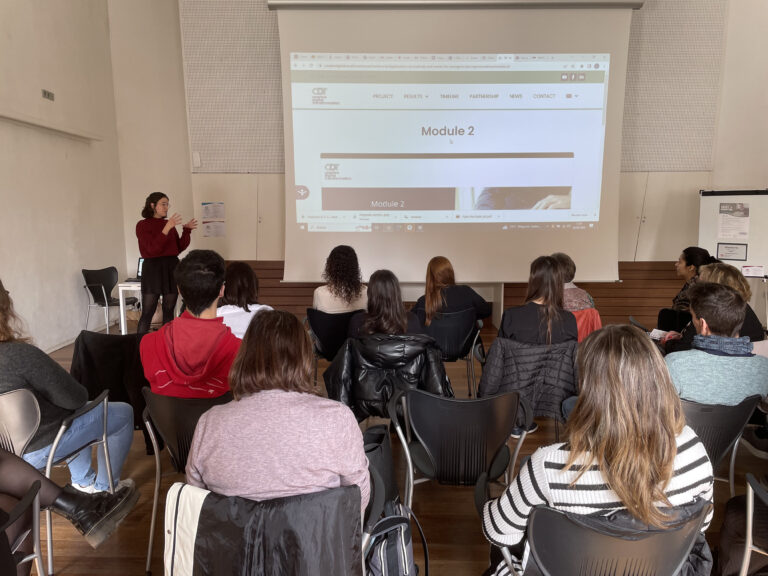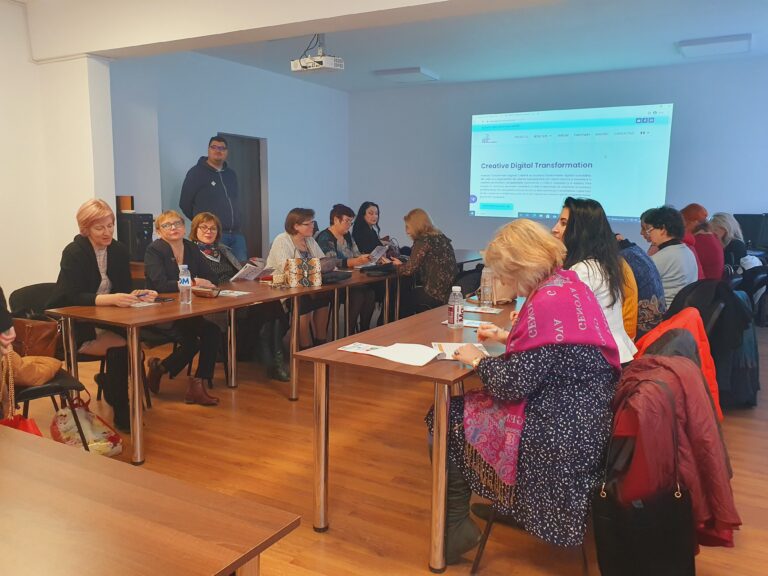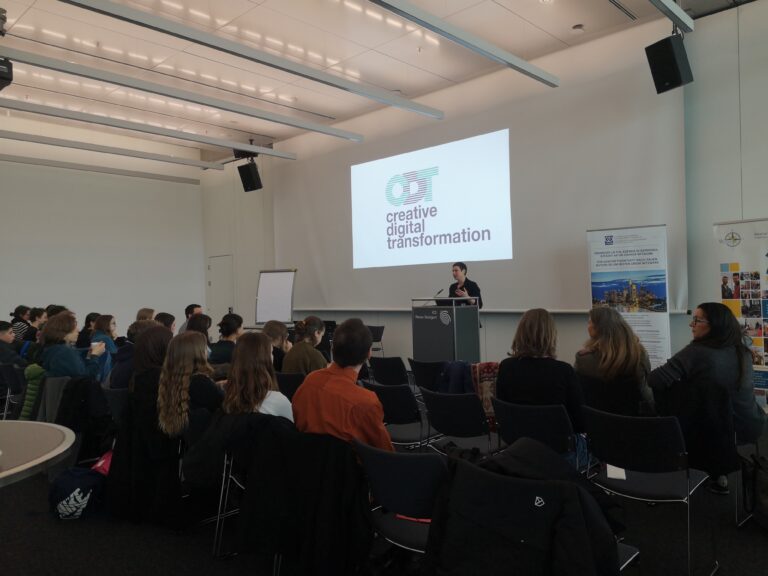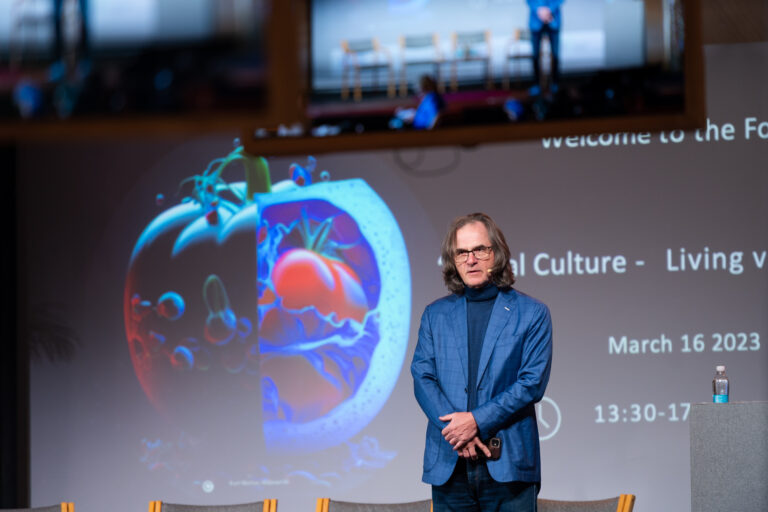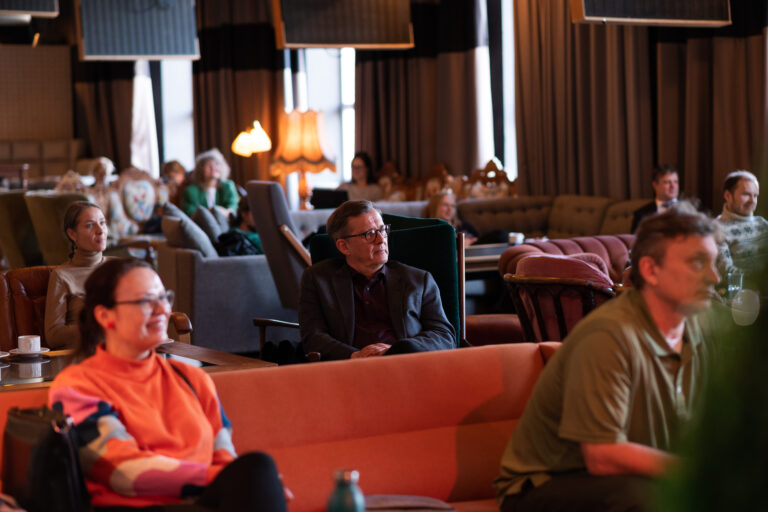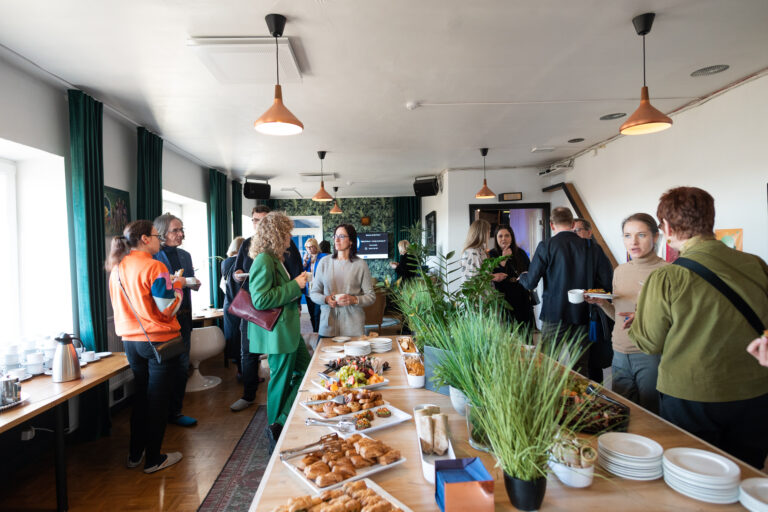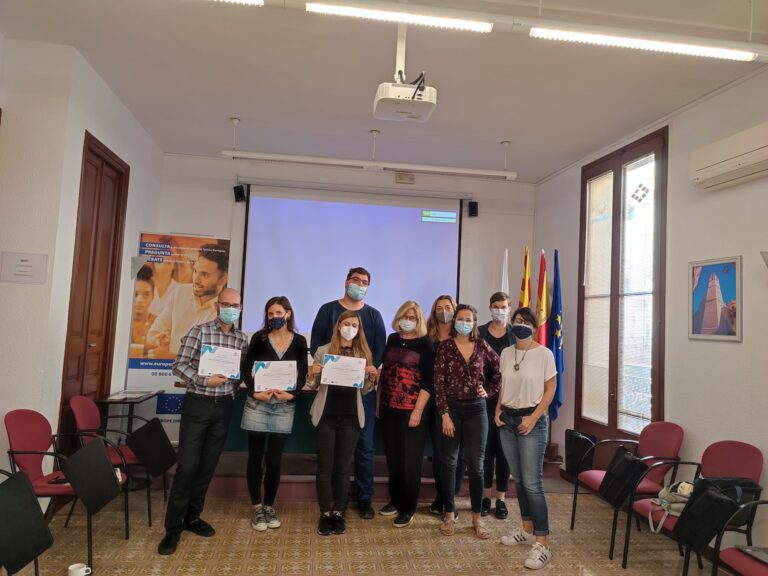One sector that has changed massively in terms of digital transformation in the past years is education: Three years ago it was basically unthinkable that teachers and trainers would be able to transfer their teaching to online and blended concepts. The pandemic has sped up this process on a massive scale. We have come to know how important good educational concepts are – both digital and face-to-face – but we certainly also have learned a lot about the pitfalls of changing to digital teaching (and learning) concepts without the proper strategies, skills, or equipment. This is not only true for school education but also vocational education and training, and adult education.
For teaching staff and learners alike, the adaptation to digital classrooms was (and in many way still is) a challenge. Navigating a plethora of digital tools for shared classrooms, presentations, video sessions, and organization while simultaneously not losing focus of the actual learning goal…. We have probably all been there at some point in the past few years.
Education is a great example of how adaptable practices and traditions are that are seemingly set in stone. Was it difficult? Yes, absolutely. Did some strategies and ideas fail? Indeed. The good news is, though, thanks to these ‘growing pains’ we now have a huge pool of new knowledge that we can use to modernize and improve education!
However, from the experience of the CDT project partners, many educational institutions struggle with a sustainable digital transformation, which may be due to some of the following factors:
- lack of digital skills and training for staff
- lack of digital skills in learners
- lack of proper equipment
- lack of time and/or resources that can be dedicated
The last two factors certainly need to be addressed on a management level: If you are the head of an educational institution that is aiming at a digital transformation, you should create a strategy for your organization that includes the allocation of time and money to this process. Only if your staff (and yourself) have the opportunity to engage with new methodologies and tools, they will be able to join you on the way to successful digital transformation. Also consider that in your team you probably have people with different backgrounds, fields of expertise, and skill levels – use that to your advantage and search for people who are willing to step up and be experts in their peer group! Creating the proper infrastructure for digital transformation with the right equipment may seem like a huge investment at first. Here, too, strategy is key: Define specifically which pieces of equipment you will need for which goal. You may find that, in fact, you do not need the pricey AR goggles but can do with a less expensive VR option that also serves the same teaching purpose. There even may be financial support available, so check for that as well!
The lack of digital skills in teachers and learners seems unlikely, right? Everyone know how to use a smartphone and a computer so what is the problem? Yes, indeed, nowadays most people can use their phone and computer and navigate the internet, but purposefully using different tools and media to teach and learn is a whole different matter! It is hard to create suitable digital teaching scenarios, if you do not know how to find, use, or manage all those different tools that are out there. Don’t forget that teachers have to be willing to learn as well and stay motivated to engage with new solutions! It is therefore important to invest in the training of teaching staff towards digital transformation. This does not necessarily have to include a formal course or class. By now, there are many, many guidelines out there that help educators with selecting and using the right tools for their purposes. Here are just some examples that came out of Erasmus+ projects:
- BlendedVET provides a flexible online training for VET trainers who want to transform existing trainings into blended learning scenarios.
- IPAL (Improving Instructional Practices in Adult Learning and Supporting Adult Trainers’ Professional Development) develops training materials for adult educators to improve teaching practice and equip them with the necessary skills to use new methods and approaches in their courses. In particular, this involves methods for dealing with learner diversity, teaching in a multicultural environment, developing creativity and innovation, and using digital and ICT tools in teaching.
- Motivate, Act, and Promote offers a training course, a digital handbook, and a toolbox with materials to empower educators to innovate their ways of teaching by embedding new digital practice and blending their delivery methods and learning resources.
- True to Age, True to Gender has created a course with the specific purpose of supporting adult educators in developing innovative older adult education programs, including practical suggestions and exercises to improve their own and their learners’ digital and ICT skills.
Only if teachers and trainers are comfortable with the tools they use, they can provide proper training and guidance to their learners and come up with creative education solutions. But there are not only new digital tools out there, also new methodologies have emerged in the past years. One branch that has grown a lot in this context are “serious games” and “gamification”. Here are a few examples of how that might look:
- Hunt for Europe develops an interactive computer game, not only to learn up to six languages but also teaching cultural knowledge: For example, we learn a lot about King Harald Bluetooth in Danish, in the German story line Beethoven rises again, and the philosopher Pherekydes, teacher of Pythogaras and inventor of solar clock, is the examiner in Greek.
- Competence+ develops a blended learning course concept for trainees and employees in the public transport sector who can train their new skills and competencies in virtual reality scenarios in the areas environmental awareness, stress and conflict management, and moral courage.
- Training Access developed “Lost in Barmuda,” an online adventure game for adults with small mathematical tasks and logical puzzles, designed to encourage players to apply simple mathematical arithmetic operations while accompanying friends Jim and Pat on their last vacation evening. You can watch a short annotated presentation of the game in German here.
Creative Digital Transformation is possible in education if we provide the right basis for our institution, our staff, and our leaners. Check our CDT virtual map for best practice examples to inspire you!
Are you ready to get going? Then you want to sign up for the free Creative Digital Transformation online course! You can choose between 2 versions of the course: for staff working in tourism, education and culture; and for managers or SME owners.
In 7 thematic modules you will learn about digital transformation and creative ways to integrate digital tools in your work. The course is available in English, German, Italian, Romanian, Estonian and Spanish and it is entirely free of charge!







